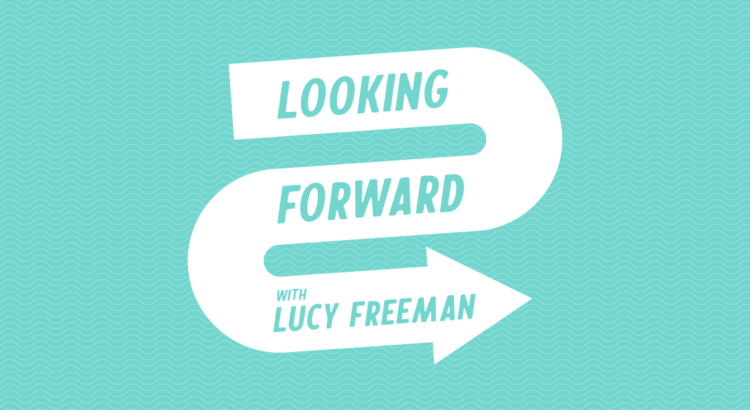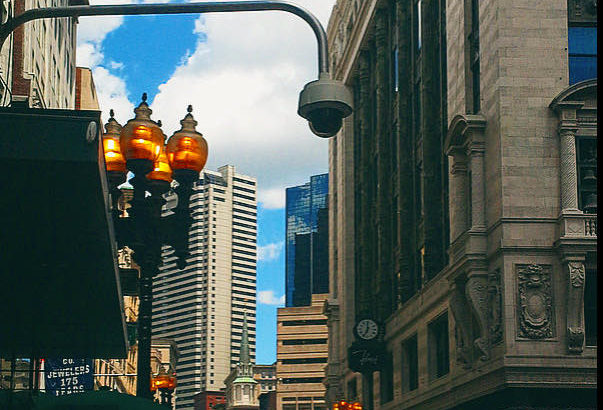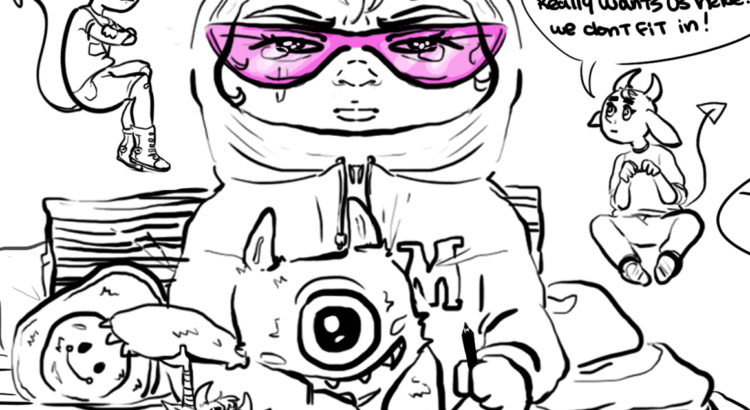“I’m sorry there was some…emotion there.”
Sentences like this one have been said to me in a variety of situations in recent years, usually in the context of some minor moment of tension. And in many cases, this response almost rubbed me the wrong way moreso than the original conflict.
Why are you apologizing for emotions? We can apologize for our behavior or the way we respond to things, but that’s not the same thing. Plus, why is expressing big emotions somehow offensive, or even more troublingly, some universal sign of mental instability? Why does feeling and showing the urgency, immediacy, and importance of something warrant our friends diagnosing us with various ailments and commenting on how “dysregulated” we are? While therapy and emotional intelligence can be beneficial and healing under the right circumstances, they aren’t meant to be weapons pointed at anything that’s mildly uncomfortable.
Emotional intelligence isn’t the same as emotional absence. We have them for a reason, and using them smartly and compassionately doesn’t necessarily mean using them less.
I was an Angry Kid, or at least that’s what I was constantly told. My emotions were simply too big and implied that, at best, there was something a bit wrong with me mentally or, at worst, I was just a bad, angry person. As an AFAB, femme-presenting person, you could argue that this was mostly just misogyny. Since I’ve spent most of my life with a visible deformity, and since deformity is often equated with villainy in media and the arts, you could argue it was ableism. But whatever the underlying reason, it was a form of hatred. It was exclusion, meant to reinforce the notion that my emotions made me bad and that I needed to be punished into controlling them, cutting off their sharp edges, in order to be worthy of love. I needed to fit in the box and follow the rules, and if I couldn’t do that, I was Bad.
I’ve struggled for years to articulate what drew me to theatre in those early days, but one thing I remember vividly is how freeing it felt to be able to fly up to a 10 on the emotional scale and be praised for it. Onstage, the 10 is encouraged, a necessary use of energy to draw the audience into energetic proximity. Though they know we’re just telling a story, heightened emotion shows immediacy, need, scale, stakes – it shows that the events taking place, real or imagined, are worth drawing up our vital force and setting it loose, pushing it beyond us. And if it’s worth it to us, maybe it should be worth it to them.
This is why live performance has so much power. It’s a sharing of life force in proximity and a declaration that there is something out there worth physically putting ourselves out there for.
Theatre has its problems, at least as it exists in a late-stage capitalist, colonized society. But it makes space for big personalities and big emotions. More than that, it cultivates them, training them into us because of the power that they have to move a room, to cause someone’s breath to catch, to break skin out in goose bumps, focus soul power through glaring eyes, and zing urgent, world altering energy into fingertips, twitching them into action.
And sometimes we need the 10 even in life. Big emotions are there for a reason. Sometimes that reason is change.
What is worth your 10? Where will you lend your vital life force? Which story will you let breathe fully into your living body in the years to come? When is it worth exhausting yourself and getting angry if it leads to change?
We can’t live every moment of our lives at a 10, but sometimes we are called to it, and we have to be ready to draw upon ourselves in fullness when that call comes. Villainizing our heightened, most powerful selves will only serve to keep us quiet when it counts the most.



 Moving on, this week we are talking about Mentality Magazine! I had the opportunity to speak to Liz Hoornstra, the current editor-in-chief of the publication. She explained that the magazine aims to do two main things: 1. Create a sense of community for its members and 2. Destigmatize mental health through writing. As someone who has been focusing on taking control of my mental health for the past year, I was really excited to learn more about how the magazine has done this and how others can support their mission!
Moving on, this week we are talking about Mentality Magazine! I had the opportunity to speak to Liz Hoornstra, the current editor-in-chief of the publication. She explained that the magazine aims to do two main things: 1. Create a sense of community for its members and 2. Destigmatize mental health through writing. As someone who has been focusing on taking control of my mental health for the past year, I was really excited to learn more about how the magazine has done this and how others can support their mission!






